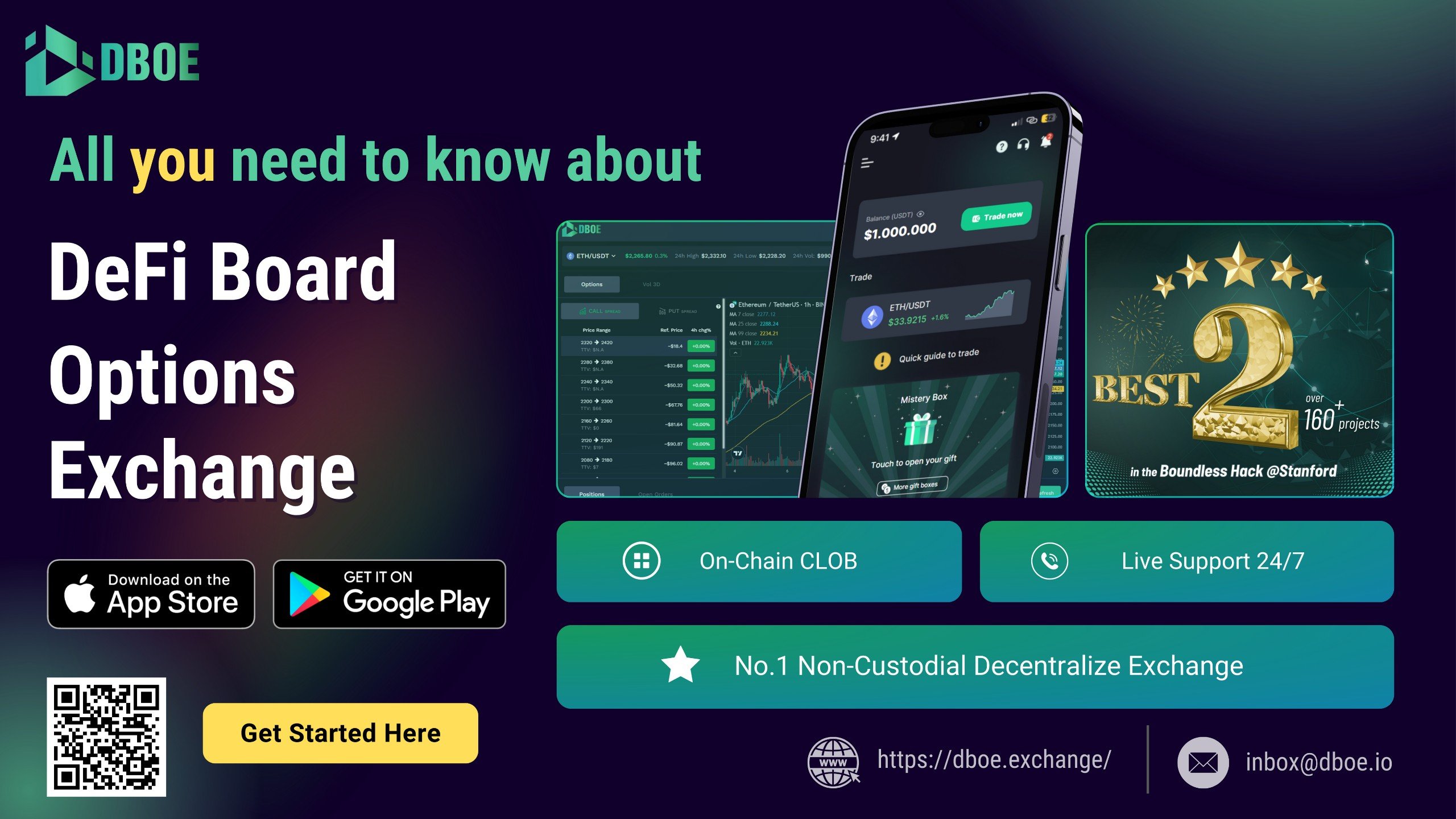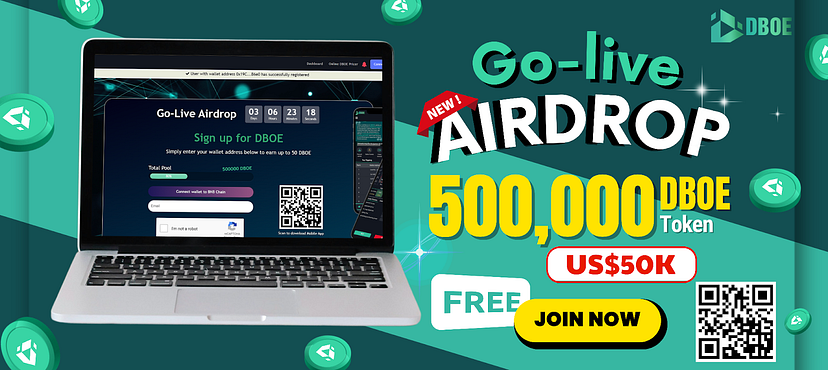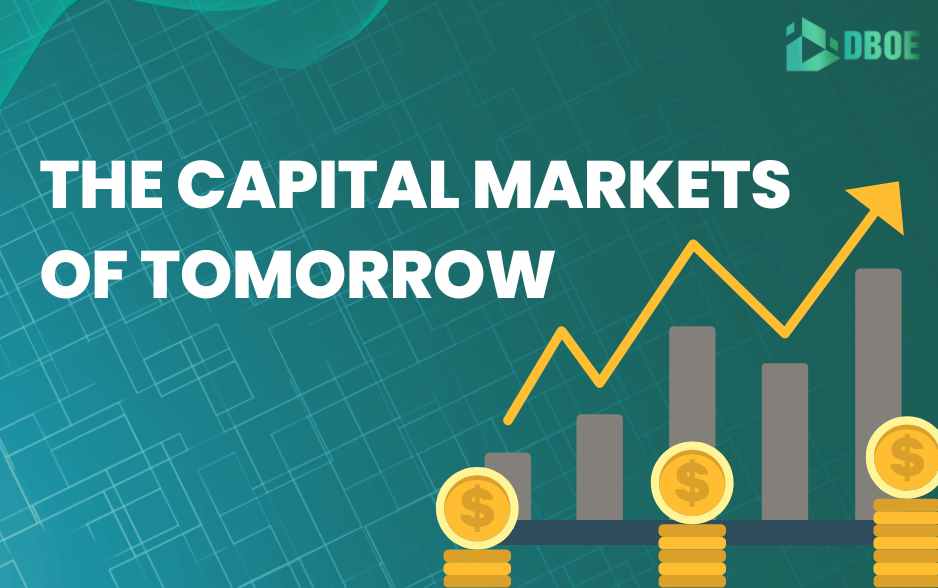Web3, also known as Web 3.0, is the third generation of the internet that offers a decentralised, user-centric, and secure online experience. With the rise of blockchain technology, Web3 has gained significant attention and is considered the future of the internet. This article explores the advantages of Web3 and its evolution from earlier web generations, highlighting its potential to revolutionise various industries.
Understanding Web3: The Serverless Intelligent Internet
Web3 can be defined as an intelligent and serverless internet where users have complete control over their data, identities, and destinies. It envisions an interconnected network of decentralised webs that prioritise individual autonomy and privacy. This user-centric approach sets Web3 apart from its predecessors, Web 1.0 and Web 2.0, and lays the foundation for a more inclusive and secure digital landscape.
The Evolution and Development of Web3
The concept and development of web 3 has been around for a long time, dating back to the early 2000s.
Although the concept of Web3 emerged in the early 2000s, recent advancements in blockchain technology have propelled its growth and popularity. Web3 represents an evolution from Web 1.0’s static and information-centric model to Web 2.0’s interactive and user-generated content platforms. Combining technologies such as AI, blockchain, and big data, Web3 unlocks new possibilities for data sharing, intelligent information retrieval, and decentralised participation.
Web 1.0, or the Static Web, emerged in the 1990s as the internet’s first generation. However, it was limited in its functionality, primarily serving as a platform for presenting information with little to no user interaction. User-generated content, such as writing pages and comments, was not a significant consideration during this era. Additionally, the lack of advanced search algorithms made it challenging for users to find relevant information within the vast landscape of the internet.
Web 2.0, or Social Networking, ushered in a new era of interactivity and user engagement. Advances in web technologies, including Javascript, HTML5, CSS3, and others, enabled the creation of interactive platforms like YouTube, Facebook, and Wikipedia. Web 2.0 facilitated the rise of social networking and user-generated content, leading to an explosion of information that users could freely distribute across various platforms.
Building upon the foundations of Web 2.0, Web3 takes advantage of emerging technologies such as AI, big data, 3D, and blockchain. These technologies enable Web3 to deliver even more advanced features and capabilities. Decentralisation is at the core of Web3, as it leverages blockchain technology to create networks that operate without relying on central authorities. This decentralised approach ensures greater transparency, security, and user control over their data, identities, and digital assets.
Web3 is not only about technological advancements but also about empowering users to participate actively in the digital ecosystem. It introduces new paradigms for data sharing, intelligent information retrieval, and decentralised governance. Users can access information quickly and conveniently, receive personalised recommendations, and maintain ownership of their online identities and activities. With Web3, individuals can protect themselves from potential threats posed by compromised partners or third-party platforms, placing control firmly in their hands.
Advantages of Web3
As discussed above, Web3 offers several advantages over its predecessors. Users actively participate in data creation and can access information anytime, anywhere, and in personalised ways. By leveraging blockchain technology, Web3 eliminates reliance on centralised entities, granting users more control over their online identities and activities. The decentralised nature of Web3 ensures efficient data dissemination, fast retrieval, privacy, and protection against potential threats posed by compromised platforms.
The transformative power of Web3 and DeFi
Let’s get started with one simple example. When logging into a centralized exchange (CEX), users are required to disclose their personal information and deposit funds or digital assets, exposing themselves to various risks inadvertently. These risks include the vulnerability of the exchange to hacking, the potential for the exchange to go bankrupt, and the risk of being defrauded or scammed by certain exchanges. This puts users at a significant disadvantage, as they lack control over and foresight into these potential risks, which could ultimately lead to the loss of all their assets.
Fortunately, Web3 and DeFi offer a superior alternative. By leveraging these technologies, users no longer need to divulge their personal information or passwords to the exchange. Instead, their transactions are processed directly through their e-wallets, mitigating the need to trade assets on CEXs altogether. This empowers users to circumvent the risks associated with traditional exchanges and maintain full control over their assets.
This example demonstrates a fundamental and widely applicable aspect of Blockchain technology. Web3, also known as Web 3.0, represents the next generation of the internet. It envisions a serverless, intelligent internet comprising interconnected decentralised webs. In this paradigm, users enjoy complete sovereignty over their data, identities, and overall digital destiny.
Web3: The Age of New Technology
In 2022, numerous major corporations recognized the potential of Web3 and invested heavily in Web3-focused firms. The demand for decentralised databases, self-governance, privacy, and security has become increasingly paramount. Web3 addresses these concerns, providing users with an active and safer online experience. Financial institutions, technology companies, and individuals are actively supporting and investing in Web3 projects, further fueling its growth.
Web3 represents a paradigm shift in the internet’s evolution, offering decentralised, secure, and user-centric experiences. With its integration into DeFi and advancements in blockchain technology, Web3 has gained significant traction as the future of the internet. By empowering individuals, protecting privacy, and enabling efficient data sharing, Web3 is set to transform various industries and shape the digital landscape in the years to come.










